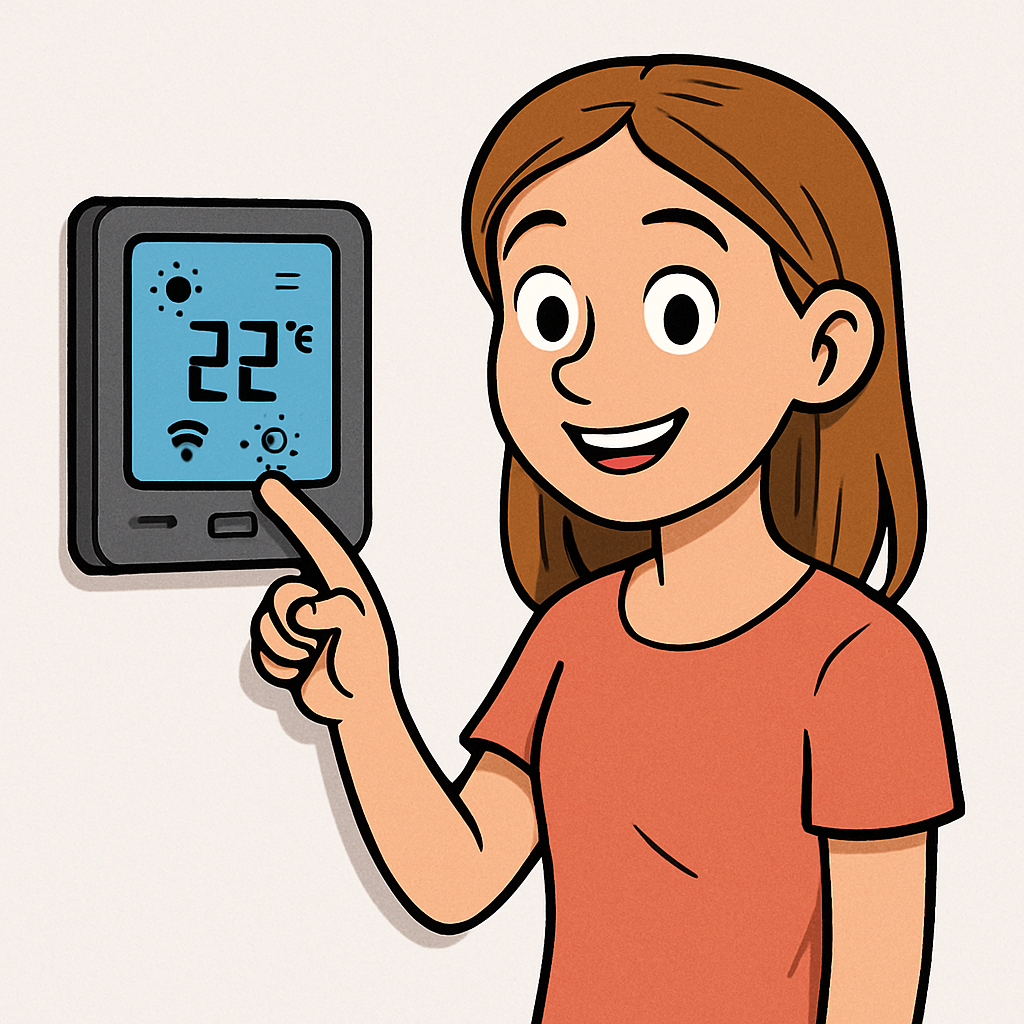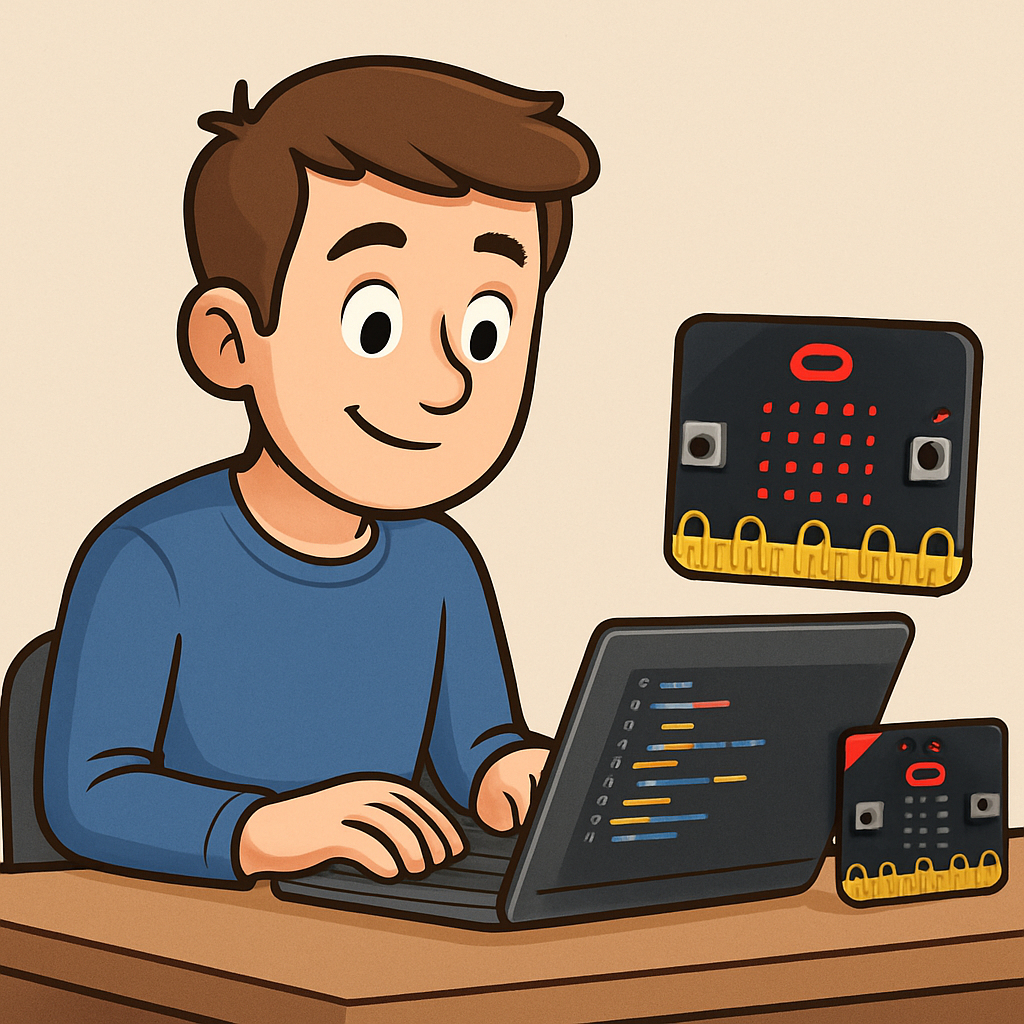 This lesson provides an overview of ALT 4: Embedded Systems.
This lesson provides an overview of ALT 4: Embedded Systems.
You'll learn about the task, review relevant skills from previous modules, brainstorm ideas, form teams, and reflect on your approach.
ALT 4 focuses on designing and building automated applications using embedded systems. Embedded systems are specialised computing devices integrated into larger systems to perform dedicated functions, such as in smart home devices, medical equipment, or automotive controls. For example, a thermostat that automatically adjusts room temperature based on sensor inputs is an embedded system.
These systems have significant societal impacts, improving efficiency in healthcare (e.g., wearable monitors), transportation (e.g., traffic light controllers), and environmental monitoring (e.g., air quality sensors).
Before diving into ALT 4, let's review what you've learnt in prior modules. This will help you build on your existing skills, particularly around digital and analogue inputs.
 From Introduction to Python: You learnt about programming in Python and specifically using Micro:bits, which are embedded systems.
From Introduction to Python: You learnt about programming in Python and specifically using Micro:bits, which are embedded systems.
You created projects such as:
In ALT 4: Embedded Systems, you'll work in teams to implement a microprocessor system that uses sensors and controls digital inputs and outputs as part of an embedded system. This task is a central part of computer science, focusing on the design and application of computer hardware and software. By building the component parts of a computer system, you'll deepen your understanding of how computers work and how they can be embedded in our everyday environments.
The artefact you create must demonstrate the following outcomes:
ALTs are team-based tasks, designed to encourage collaboration and allow you to combine your strengths with others. Teams should consist of 2-4 students, making it easier to divide tasks and share ideas effectively.
Instructions:
 Now, apply what you've learned by brainstorming ideas for your artefact. Spend 20-30 minutes to generate creative concepts for embedded systems, focusing on sensor projects.
Now, apply what you've learned by brainstorming ideas for your artefact. Spend 20-30 minutes to generate creative concepts for embedded systems, focusing on sensor projects.
Step 1: Think of a real-world problem solvable with sensors and automation. Examples: A soil moisture sensor for plant watering, a motion detector for security, or a temperature monitor for a greenhouse.
Step 2: List key features, including digital (e.g., button to reset) and analogue (e.g., sensor readings) elements. For a moisture sensor: Read analogue soil data, store values, and activate a digital output (e.g., buzzer) if dry.
Step 3: Sketch a simple diagram of components and flow. Include a microcontroller, sensor, and output device.
Step 4: Consider hardware (e.g., Micro:bit with soil sensors) and programming (Python or similar). Note societal links, like environmental conservation through efficient watering.